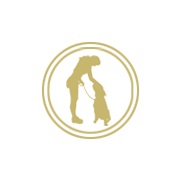Privacy Policy: Your email address is 100% safe.
We don't spam and hate it as much as you do 🙂 You can also unsubscribe from our mailing list at any time.
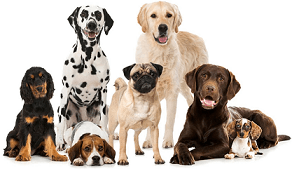
Stop Your Dog From Nipping & Biting
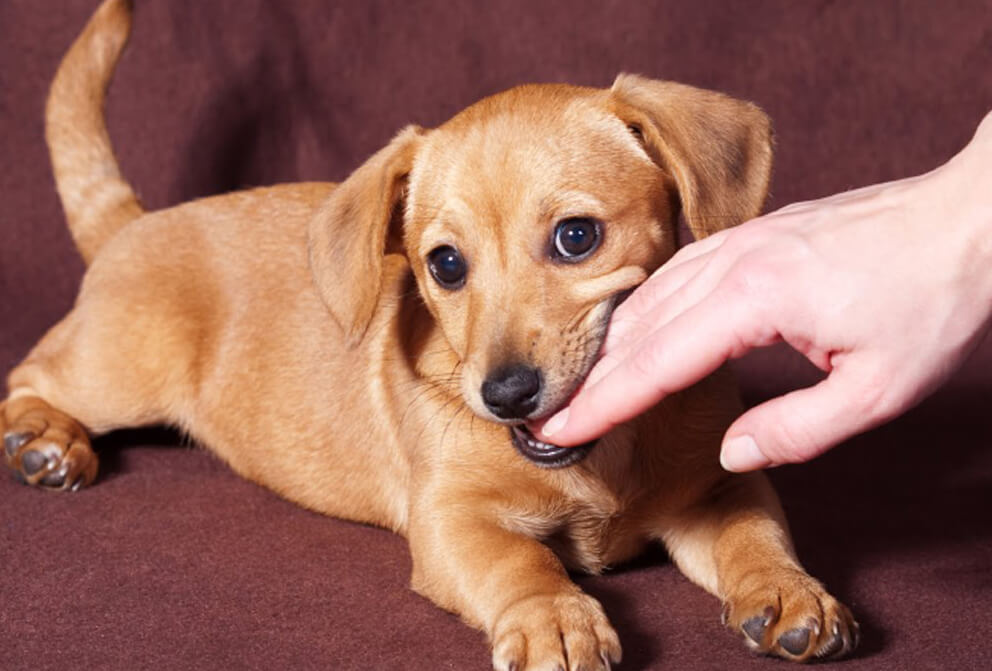
Biting and chewing is common in puppies up to one year of age. Much biting and chewing is related to teething in puppies. However, you need to start establishing boundaries on what is acceptable and what is not from the first day you bring your dog home.
It is important for you to understand how much and what type of biting are acceptable and expected from your dog.
While you may think your little puppy is adorable when it growls and bites, you and your friends will no longer think it is cute when it is grown up and biting. And you don’t want your dog’s biting and nipping to send someone to the hospital for stitches.
You will not be able to take your dog in public if it snaps and bites. And you will be afraid to let it outside for fear it will bite someone who is just walking around the neighborhood.
While everyone would agree that no aggressive behavior should be encouraged from a dog, very few people know how to train a dog not to bite or be less aggressive once he has started. The first step is to understand why he is biting.
Subscribe to the Dog Mini Course and Learn New and Advanced Dog Training Tips to Control Your Dog’s or Puppy’s Biting Habits FREE!!
Dog Lovers Training Course
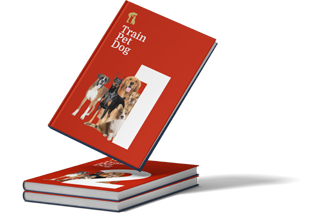
Regular Price: $97.
Discount of: $30.
Current Price: $67 only.
Why Does Your Dog Bite?
Understanding why your dog started biting and why he is biting now may be a two-step process or it might be the same reason. Answering a few questions will help:
Did he bite because he was teething?
Was he provoked to bite? Did someone tease or taunt him? Did someone hurt him or threaten him?
Did he bite out of fear? Was it a stranger or new situation?
Did he bite out of anxiety? Did he bite someone you handed him to when you were leaving him? Does he only bite new people?
Did he bite or nip to get your attention? Does he continue to use that method to get attention?
Did he bite when he was playing – perhaps he was trying to get a toy you were holding?
Does he often bite when he is excited or trying to get what you have?
As a follow-up, you need to evaluate your reaction to his biting. How did you react the first time? How do you react now? And how does he act after biting someone? If you scold him, what is his reaction?
Learn the correct response to his biting when you Subscribe to our FREE Dog Training Mini Course.
When Biting is out of FUN
Biting out of fun is not unusual for puppies. They may start out jumping around and grabbing at your hand or a toy and then accidently bite your hand. Or, they may be chewing on something and accidently bite you when you try to take it away.
The dog may see this as part of a game or as a way to get attention, especially if it happens a couple of times within a week. He then may try biting to see if he gets attention or gets you to play. If you pay him attention or play with him, he will be training you instead of you training him!
It is important that you deal with the biting immediately each time it happens – even when it is an accident. Learn the correct method of training your dog not to bite from our FREE Dog Training Mini Course.
When Biting is out of FEAR
If your dog bites in new situations or around new people, he may feel fearful and anxious. He may appear nervous in a variety of situations. This may be related to his breeding, his personality, or his need for more socialization.
A dog who bites in these situations will not get better by isolating him or ignoring him. You need to learn to fully socialize him using the methods and tips in our FREE Dog Training Mini Course. Socialization starts when a puppy is still with his mother and continues throughout his life.
Take your dog to a park that does not have a lot of people or dogs and let him walk around on a leash and smell and look without being approached or trapped. Once he gets used to that, take him to a park with more people and dogs and keep him on a leash. Talk to him and praise him when he acts appropriately. Take lots of walks.
If you do not feel like your dog can be trusted around other people or dogs, you will need to muzzle him when he is in public. There are many different types of muzzles available. If he is wearing a muzzle, it will also help other people know not to approach him or let their dogs approach him which will help him feel less threatened.
Taking your dog to obedience training classes will give him confidence and help him learn to obey you. Dogs enjoy the structure of knowing what to do on command. They also enjoy knowing that when they are on a leash, they are “safe.”
If your dog’s tail is low or tucked between his hind legs, if he is panting excessively, pacing or even whining, take these signs to be an indication that he is nervous and move him out of the situation immediately. Do not ignore such symptoms. If you do, you or any other person around him may end up being bitten.
Follow the step-by-step instructions from our Dog Mini Course to control your dog or puppy’s biting habits.
Immediate Help if Your Dog Is Biting
If your dog bites – even once – you need to know some methods of helping him know that biting will not be tolerated:
When you feel your dog’s teeth on your skin, gently move his mouth off your skin and firmly say ‘no bite.’
If he actually bites you, make a sharp, high-pitched sound like ‘Ow’ or ‘Ouch’ and then firmly, in a low voice say ‘no bite.’
Just after the incident, leave your dog alone for a few minutes (3-5 minutes) and refuse to look at him, touch him, or speak to him.
If your dog bites while playing, respond with ‘no bite’, stop playing immediately and do something calmer with him.
If you have to tell him ‘no bite’ several times, try using something to startle him like a shaker can of pennies when you give him the ‘no bite’ command.
Remember: Do not yell, punish or hit your dog; instead use positive reinforcement like praise or a treat when you have had an extended play time without biting or he is in a new situation and acts appropriately. Once he realizes he gets more attention when he does not bite, he will forget about biting.
For more help on stopping your dog’s biting, Get access to our Dog Training Mini Course.
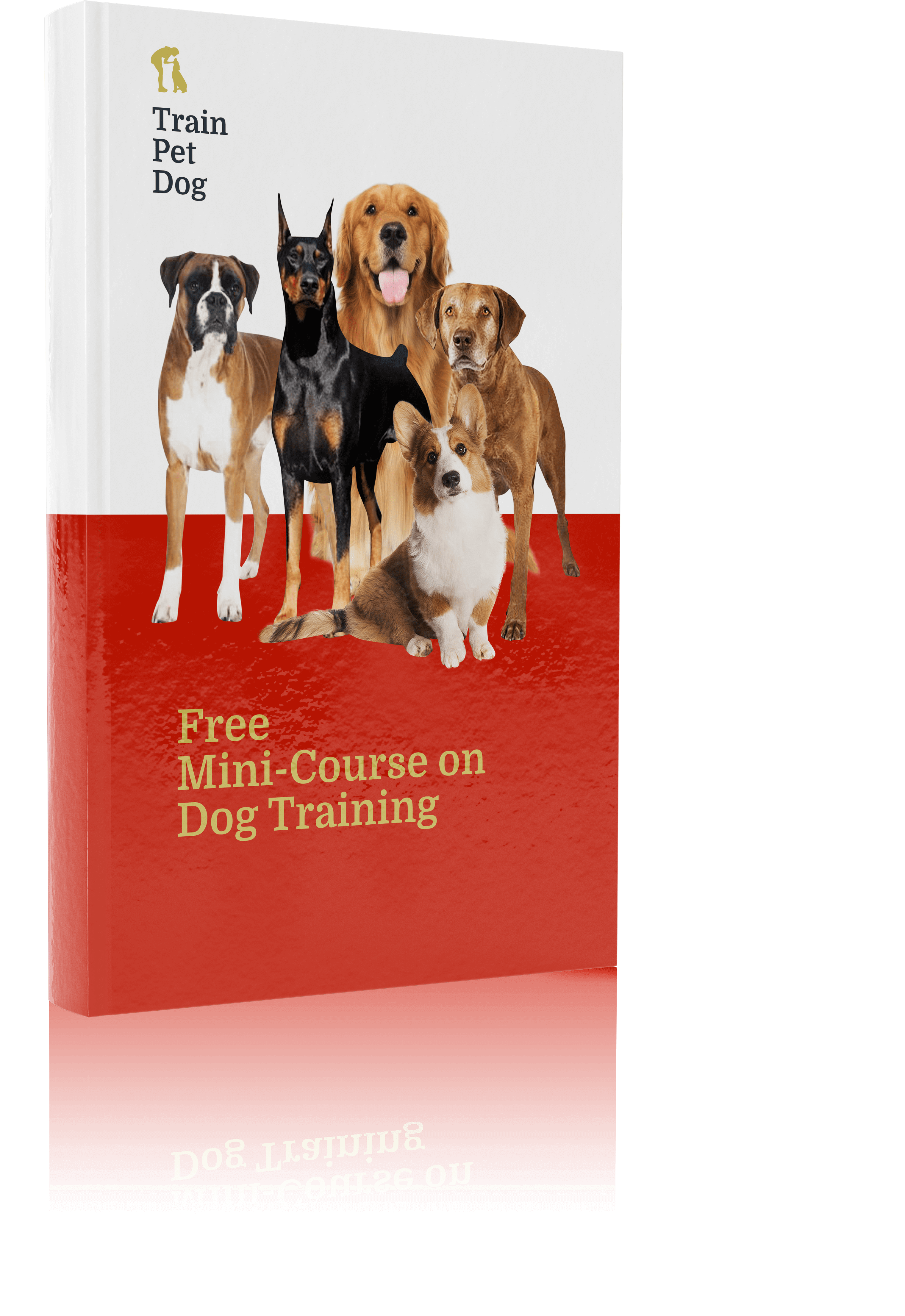
Mini-Course on Dog Training
Subscribe to this FREE Mini Course and Learn New and Advanced Dog Training Tips to Control your Dog or Puppy's Bad habits.
Get the first email to your Inbox in the next 3 minutes and train your dog in the comfort of your own home! You will start seeing results in the next 6 days.
Just fill in your details below and get started...
